
An altered chord is one that contains notes from outside its scale of origin – chords such as b9 or #5 are frequently seen examples of this.
What the example chords are designed to demonstrate is how we might set up a dissonance or ‘tension’, which can then resolve to a more harmonious conclusion. As an interesting side note, film and TV music will often leave a dissonant chord hanging unresolved to underline the tension of what’s happening on screen.
Whichever way you choose to approach this, a deep knowledge of chord construction and harmony will aid your creativity in composition, melodic invention and arranging other instruments such as strings or brass.
Though some of the chord names can seem a little daunting, remember that this is simply an attempt to label a sound. Even if you can’t work out the name for a chord, that’s no reason not to use it!
Example 1. Asus2(#5)
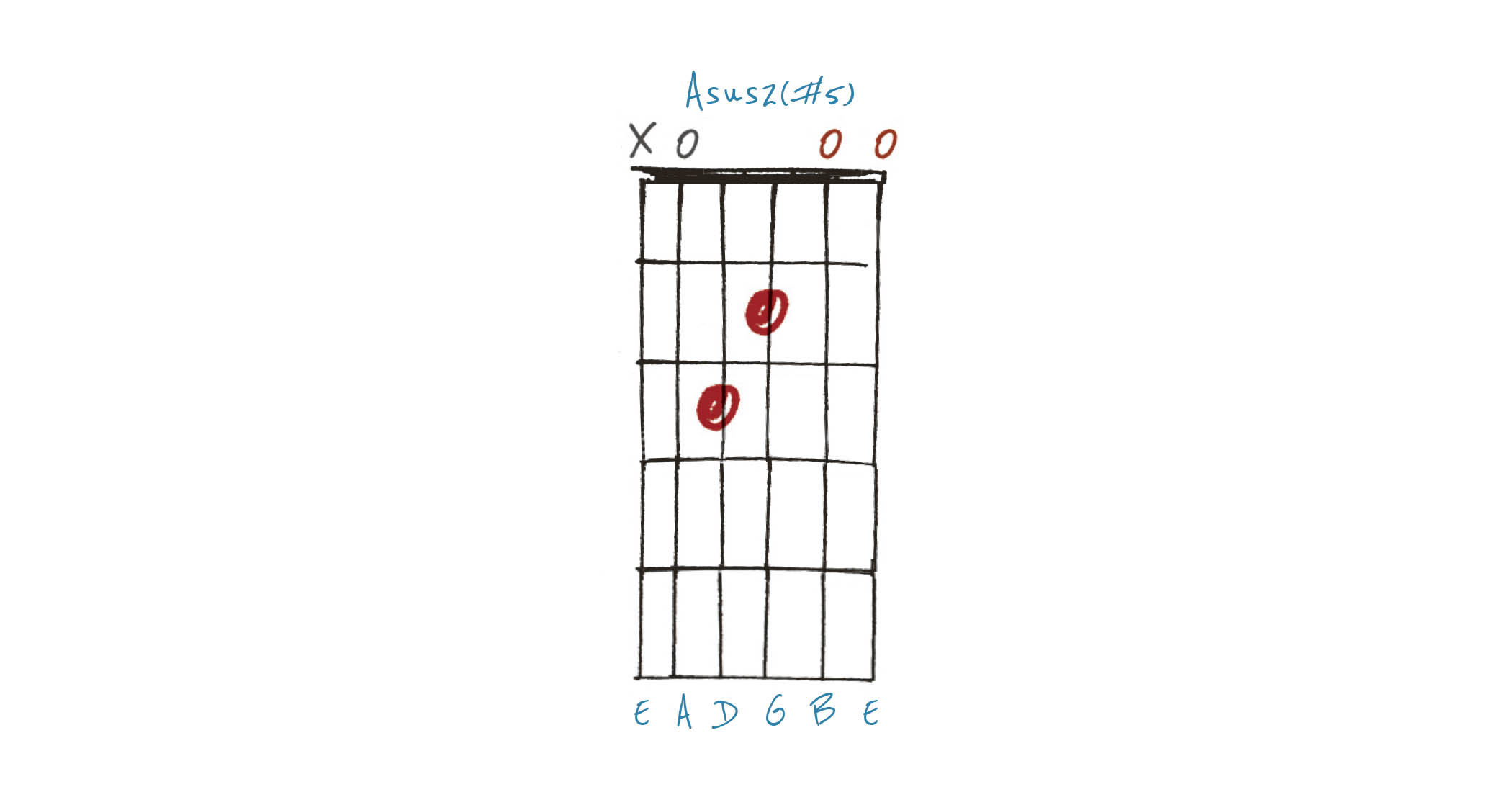
This Asus2(#5) chord is based on Asus2, which is already setting up an expectation to resolve somewhere – usually to an A major or minor chord. In this example, it also features a #5, which adds a less subtle layer of tension into the mix. Try alternating this with an Asus2 to hear the tension and release in action.
Example 2. Dsus2(#5)
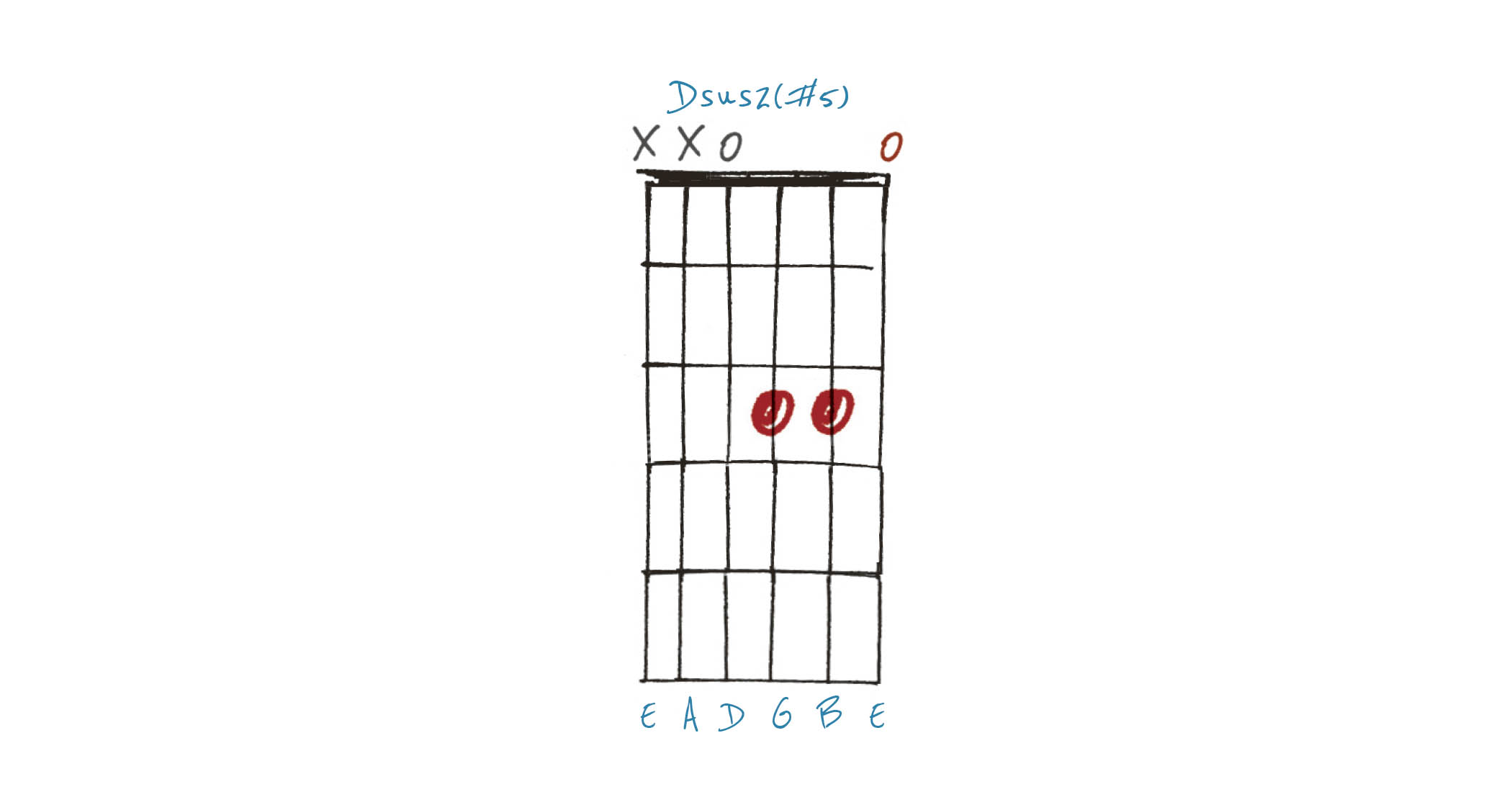
Shifting to D, this Dsus2(#5) is another useful chord shape. Could this be how the intro to ABBA’s Mamma Mia was written? Either way, that sharp (sometimes called augmented) 5th adds a real sense of anticipation, especially when left hanging without resolve. Watch out for this in TV and film music.
Example 3. Eaddb9
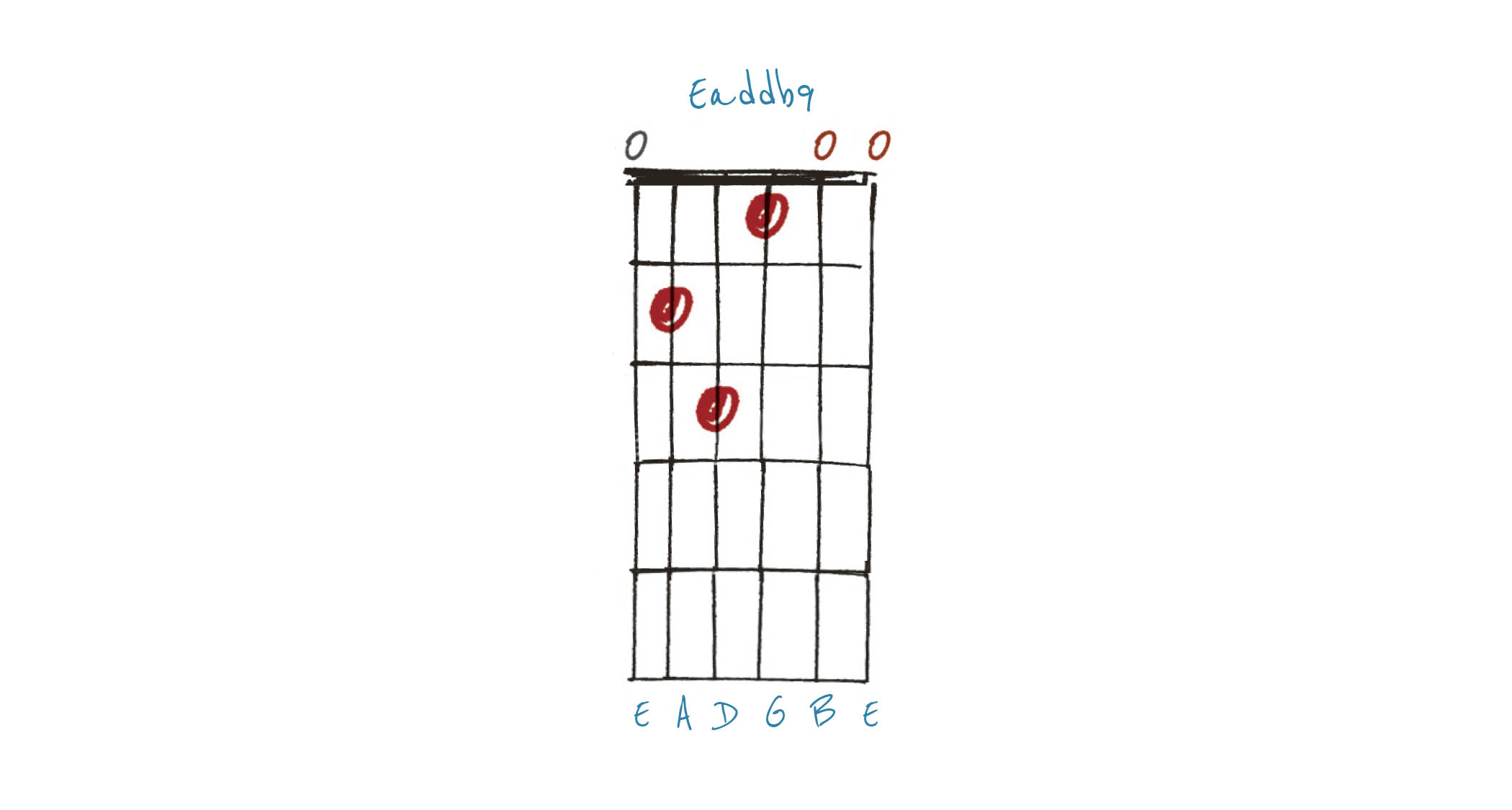
This Eaddb9 shifts what would be a duplicate root (E) in a regular E major chord up a semitone. Or, looking at it another way, an add9 (F#) down a semitone to F natural, giving a flamenco (or Spaghetti Western) twist that is often heard as a hanging chord but resolves nicely to E or E7.
Example 4. F#7b9sus4
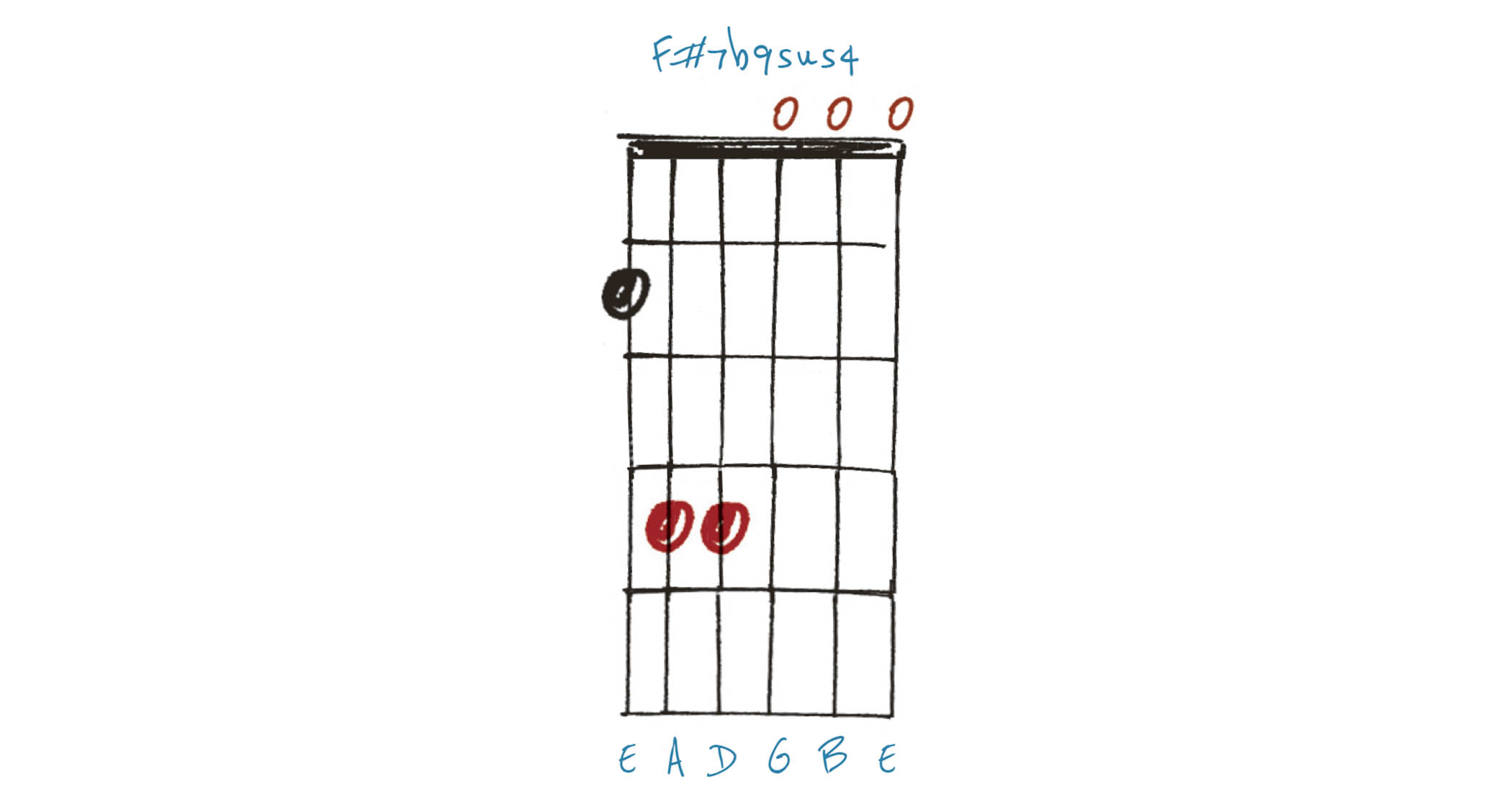
Here’s where chord-naming can tie us in knots! This is actually simple to play, combining an F# powerchord with the three open strings at the top – think Alex Lifeson on Rush’s Hemispheres album. The name is F#7b9sus4 (though opinions vary). Try resolving to an F# major to hear how it sets up tension.
Example 5. Gaug
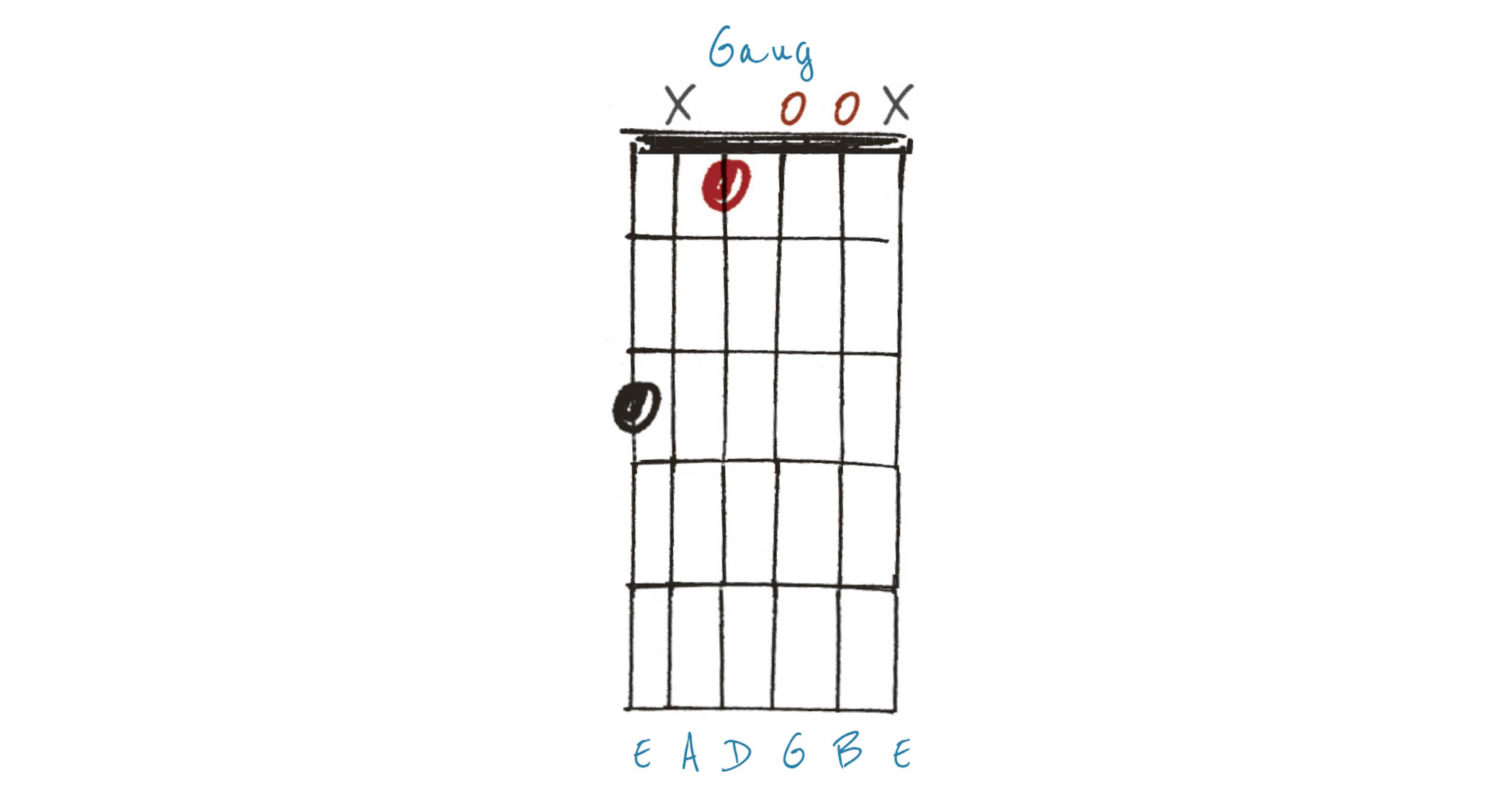
The simple name for this is G augmented (shortened to G aug) – a G major chord with a #5. Whether to refer to this as ‘augmented’ or ‘#5’ is purely a matter of preference. Some jazz chord charts call this ‘+5’ as it’s easy to write and read quickly. Try it before a G major for Jimmy Page The Rain Song vibes.
- This article first appeared in Guitarist. Subscribe and save.







